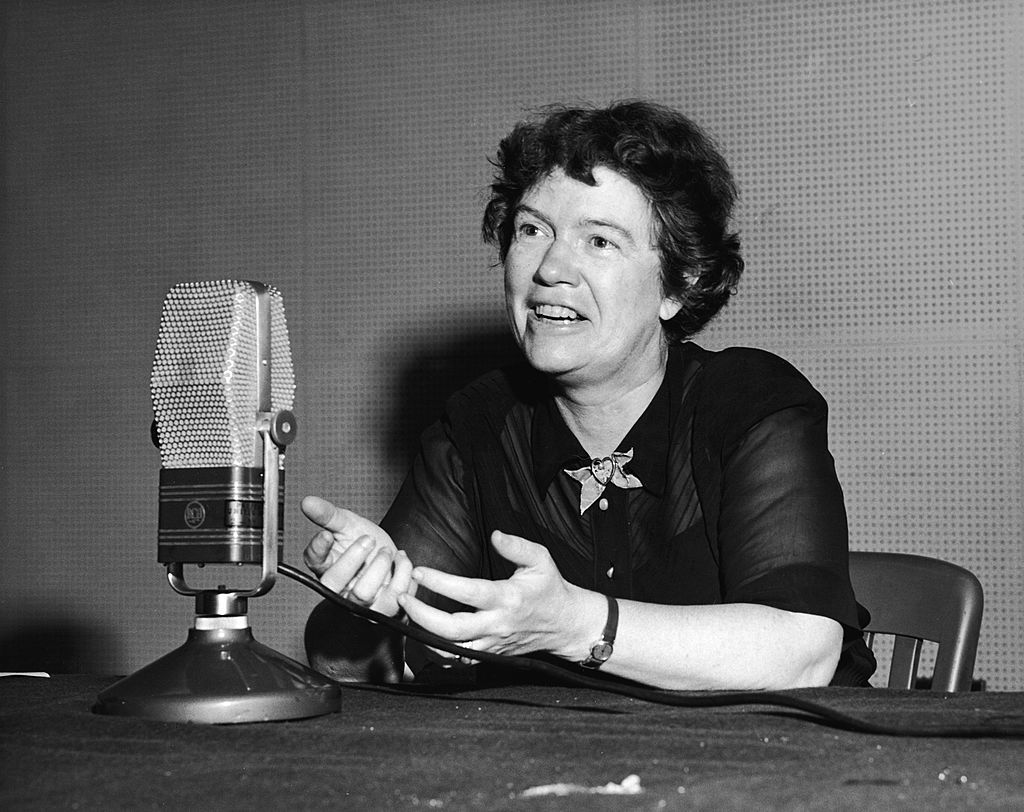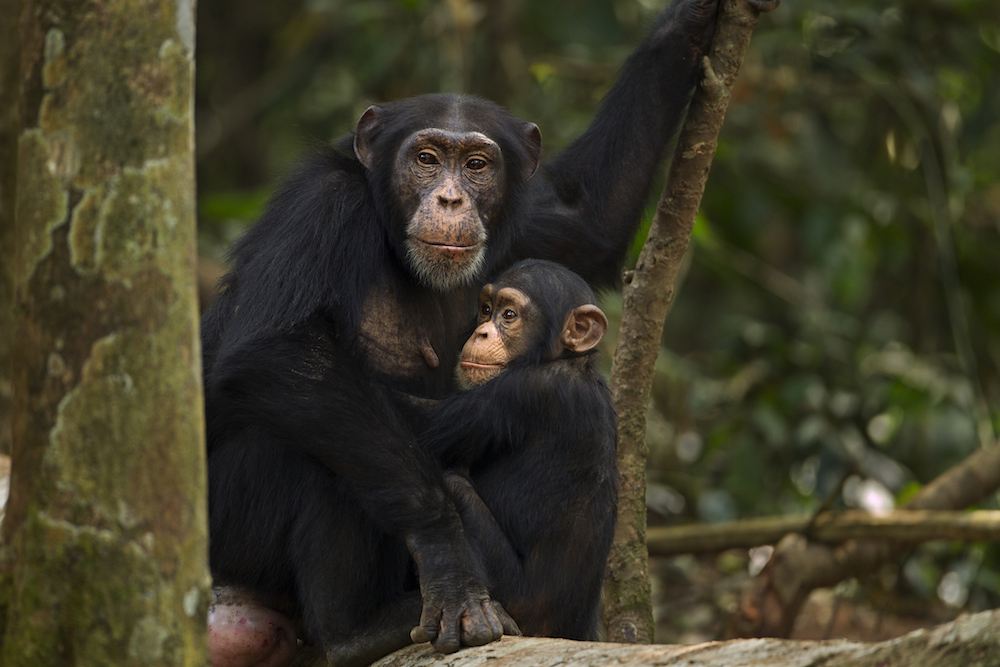Did Margaret Mead Think a Healed Femur Was the Earliest Sign of Civilization?
According to a commonly shared story, the anthropologist Margaret Mead was supposedly asked by a student what she thought was the earliest sign of a civilized society. There are many variations of the anecdote, but the general details are similar: To the student’s surprise, Mead replied that the first sign of civilization is a healed human femur—the long bone that connects the hip to the knee.
Mead proceeded to explain, as the story goes, that wounded animals in the wild would be hunted and eaten before their broken bones could heal. Thus, a healed femur is a sign that a wounded person must have received help from others. Mead is said to have concluded, “Helping someone else through difficulty is where civilization starts.”
It is, to be sure, a beautiful, “feel-good” story—one that puts kindness, altruism, and collaboration at the heart of being human. One version, published by Forbes at the start of the pandemic, vaguely references an archaeological site “15,000 years old” where the femur was supposedly found—suggesting that these qualities are deeply embedded in human history. It’s no surprise that the anecdote began recirculating online during a time of historic uncertainty and isolation.
However, the story immediately aroused skepticism on my part. And the more I dug into it, the more it seemed to fall apart.
To start, there is no reliable evidence that Mead said what has been attributed to her. Internet sleuths have traced the earliest reference to this anecdote to the 1980 book Fearfully and Wonderfully Made, in which the surgeon Paul Brand writes that he was “reminded of a lecture given by the anthropologist Margaret Mead, who spent much of her life studying primitive cultures.”
But when Mead was asked directly in an interview, “When does a culture become a civilization?,” her documented response was very different. “Looking at the past,” Mead replied, “we have called societies civilizations when they have had great cities, elaborate division of labor, some form of keeping records. These are the things that have made civilization.”
The claim about the healed femur is also vague and inaccurate. While bioarcheologists have indeed taken a keen interest in fractures when studying ancient human remains, their research has revealed a more complicated picture of what such injuries reveal about human nature.
Some examples from the past seem to be in line with the anecdote, pointing to elaborate human efforts to care for the injured. As SAPIENS columnist Stephen Nash wrote of an ancient Puebloan woman who suffered a fall and received medical care some 800 years ago: “Love and the often inexorable will-to-live can push the human body to do remarkable things, even in the absence of modern painkillers.” But fractured bones found in the archaeological record can sometimes point to a more pernicious side of humanity—such as the presence of interpersonal violence among ancient humans.
Aside from these fact-checking questions, I also found myself questioning the anthropocentrism implicit in the anecdote. After all, is “medicine,” broadly construed, unique to humans? Is healing and helping others exclusive to Homo sapiens?
Research by biological anthropologists and others shows there are actually signs of healed bones all over the animal kingdom. For instance, while some studies suggest that healed bones are rare for adult primates, they are not unprecedented or particularly uncommon for juveniles.
More compellingly, recent evidence points to the fact that medical behavior once ascribed to humans may be found in other species. Chimpanzees, for example, have been observed treating the wounds of other community members by applying insects; many other species, from elephants to wolves, have been found to practice some form of self-medication.
Finally, the very concept of “civilization” or a “civilized society” in the anecdote is problematic—and most contemporary anthropologists would not take it for granted without interrogation.
Many of us may think of altruistic kindness as one of the best and most “natural” attributes of humanity. That’s why the quote, “Helping someone else through difficulty is where civilization starts,” was bound to go viral—whether or not Mead said it. However, this statement glosses over the violent ways that the very concept of “civilization” itself was used by colonial powers to subjugate “savages” and “primitive societies.” Moreover, our species has arguably done more harm—including to the planet itself—than any other species.
What if, instead, we forego this tendency to view our species as special? As paleoanthropologist Paige Madison has written, referencing burial practices among Neanderthals and other hominins: “By letting go of the belief in the uniqueness of our behavior, we might be able to see how our tendency to view ourselves as terribly special alienates us from the rest of our primate family, and indeed from all of evolution.”
In our age of misinformation, the spread of this story illustrates the ways that memes and stories can go viral without their creators taking the time to investigate where their cultural references come from.
At the same time, regardless of the accuracy of the anecdote, its valence during a time of crisis speaks to why people turn to established figures—like Mead—or bodies of knowledge for comfort and inspiration. Anthropologists have spoken of times of crisis as moments of transition or “liminality” during which societies turn to shared meanings and experiences to make sense of what they are going through. The COVID-19 pandemic is no different.
The popularity of the story about Mead also confirms a particular view of what makes humans special—or what many of us think ought to define humanity: our desire to protect the vulnerable. Perhaps it does not come as a surprise, then, that the Forbes article about the healed femur goes on to share a variation on another quote famously attributed to Mead: “Never doubt that a small group of thoughtful, committed citizens can change the world; indeed, it’s the only thing that ever has.” (It turns out no reputable source confirms Mead actually said these words either.)
If nothing else, in blurring fact and fiction, the popularity of the anecdote reveals one of the earliest and surest signs of humanity: our longstanding need for storytelling.


































